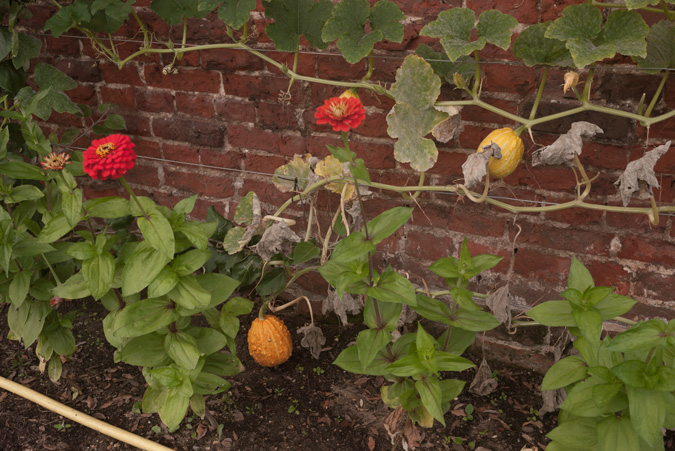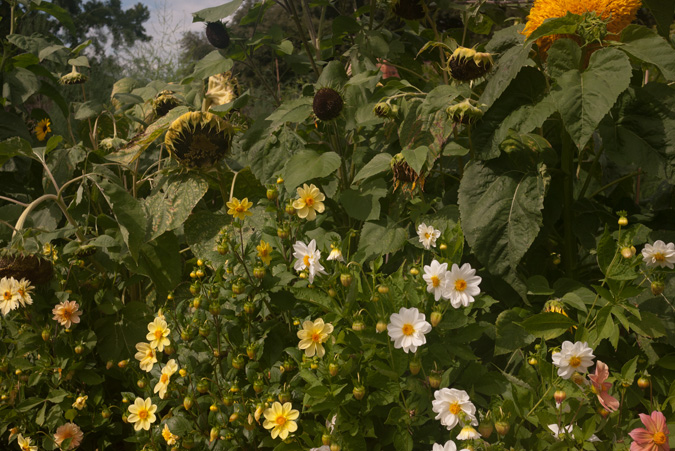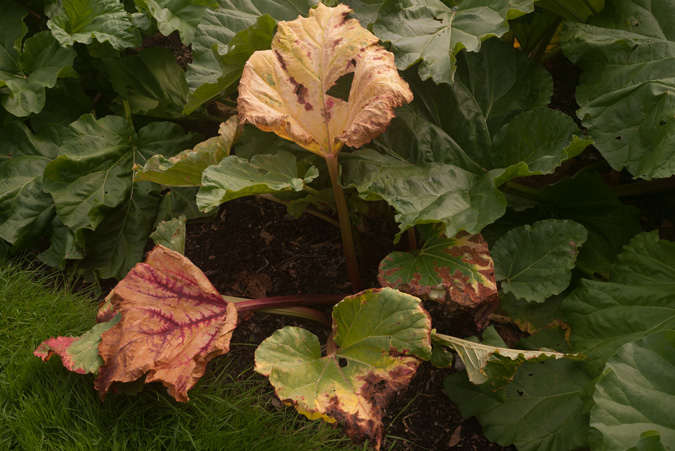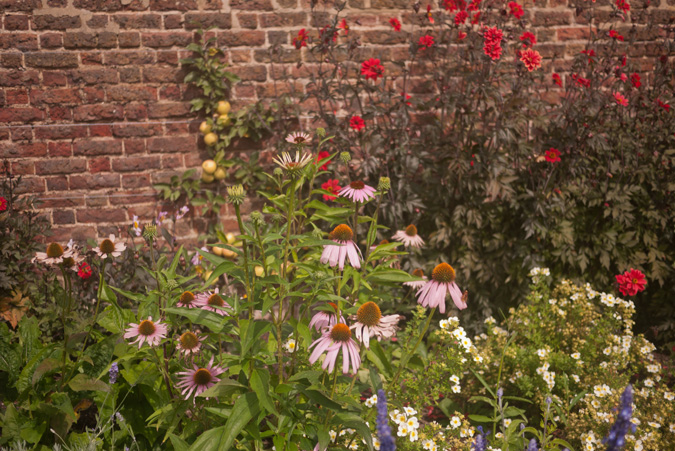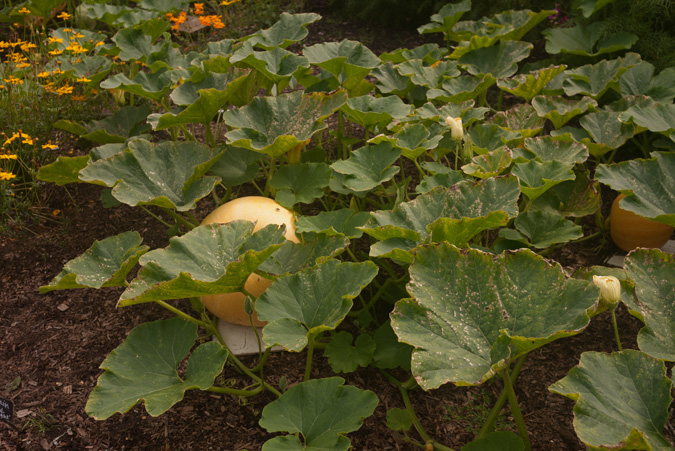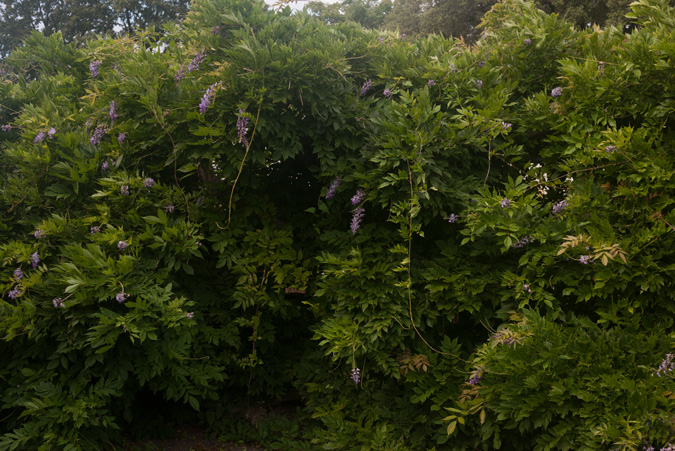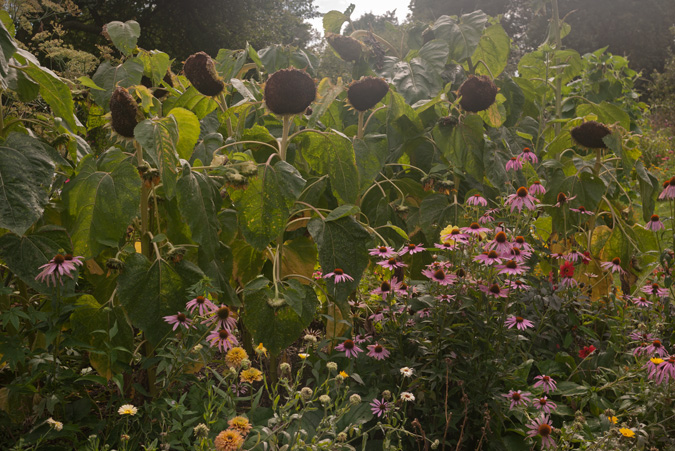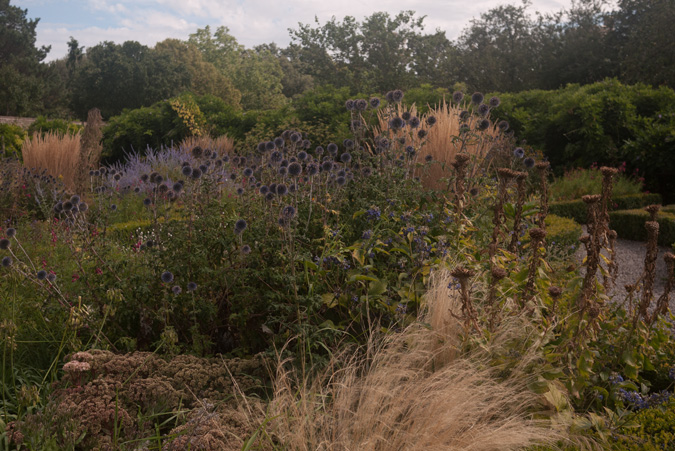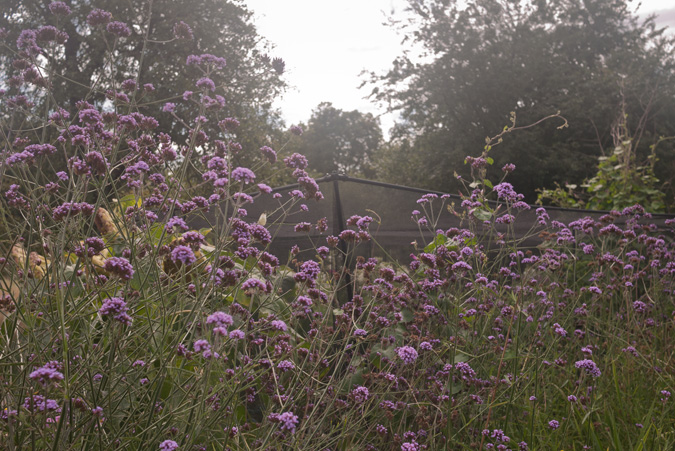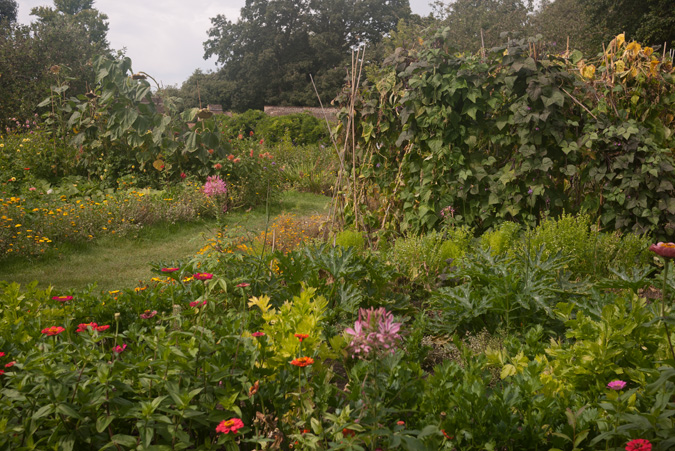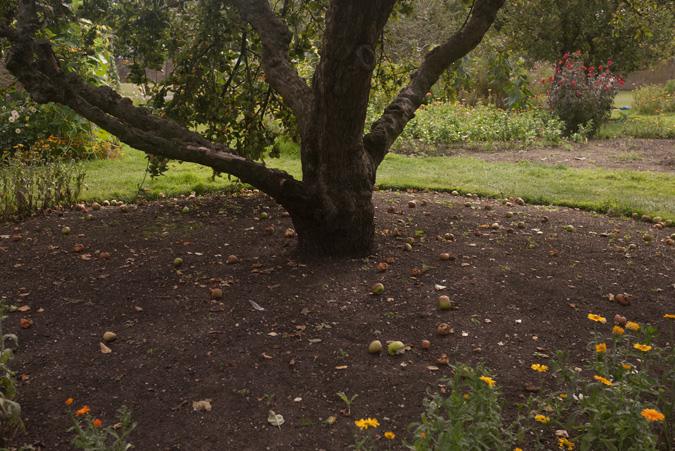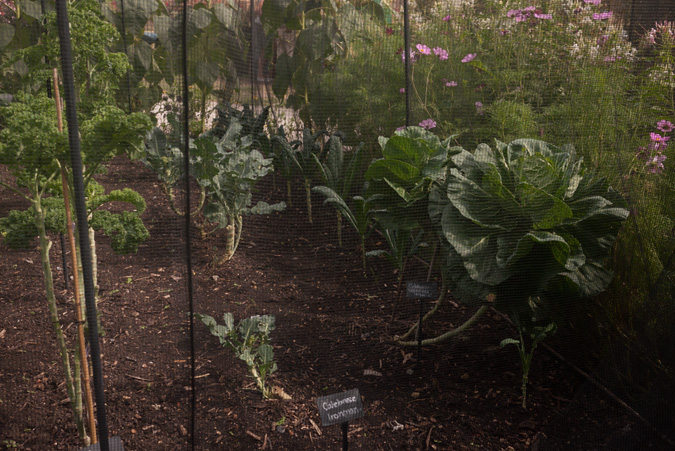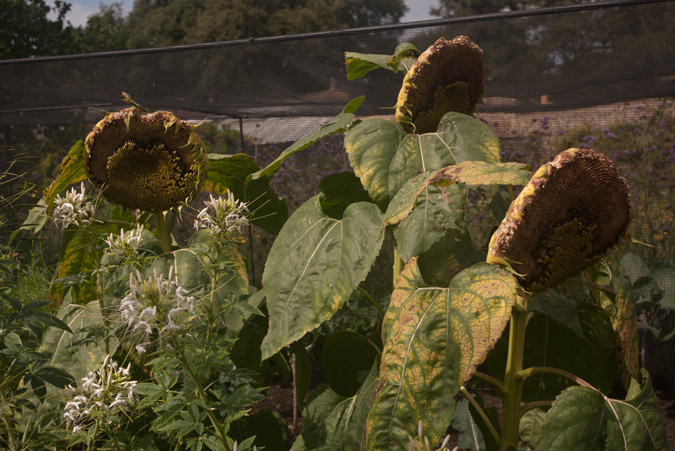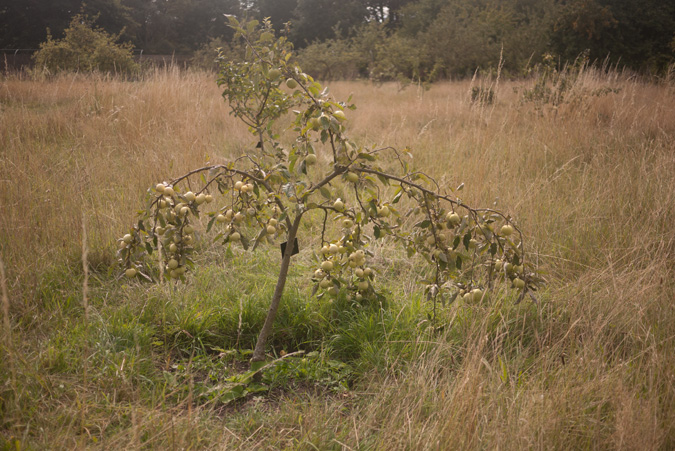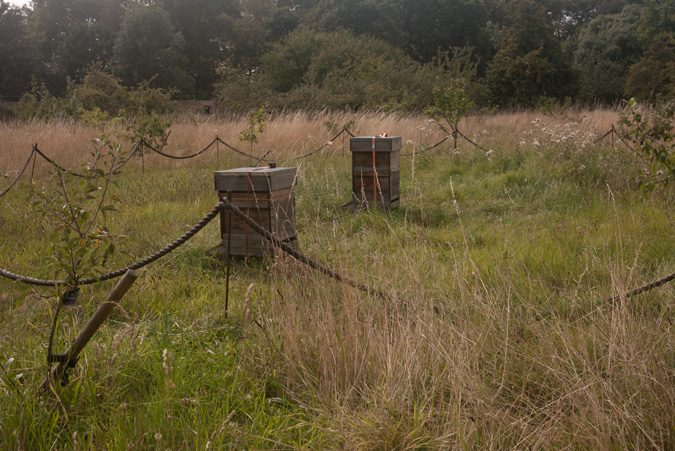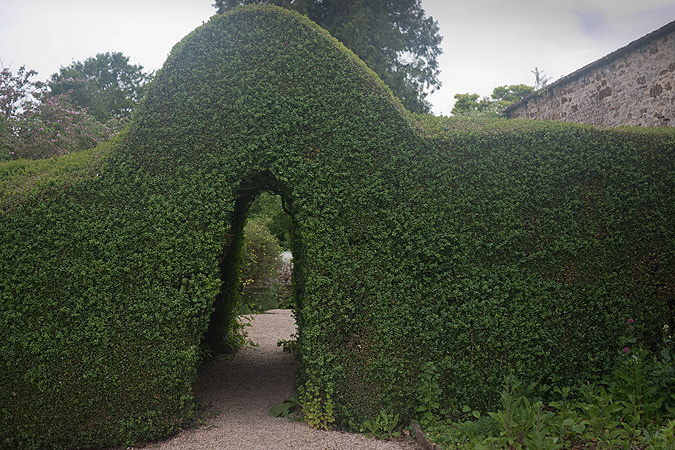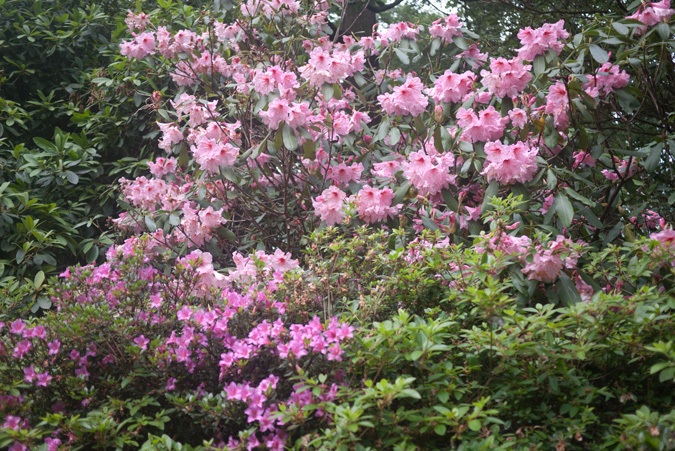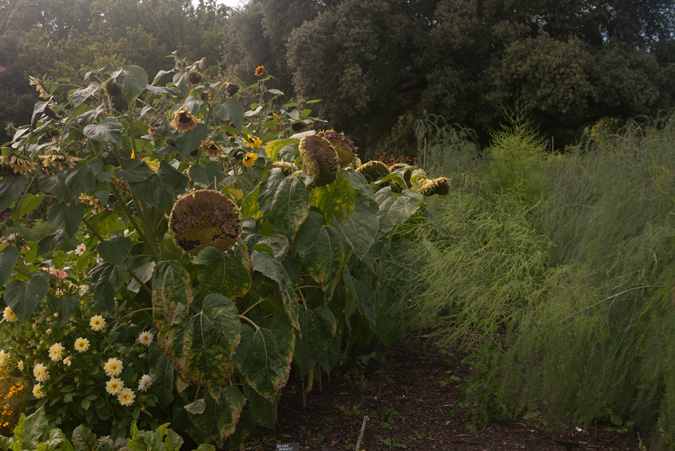
Fulham Palace Gardens
This botanic garden is the second oldest botanic garden in London and has 13 acres of stunning plantings, a walled garden and a colourful knot garden plus a productive kitchen garden, vinery and newly planted apple orchard.
“The garden has changed dramatically over the centuries, its history reflects the wealth, power and interests of the Bishops who lived here. Always an important part of the estate, the garden was a source of food, a place for leisure and a haven from the wider world. Some Bishops were passionate about the garden, spending a great deal of time and money on its development. Others had very little interest.
Bishop Compton was already a serious botanist when he arrived at the Palace in the late 17th century. Responsible for the Church of England throughout the British Colonies, he used his position and wealth to fill the garden with exotic plants from around the world. Bishop Robinson, who lived at the Palace after Compton, was more interested in edible plants, and much of Compton’s collection was sold, donated or destroyed.
Today’s garden layout is greatly influenced by the changes Bishop Terrick made in the late 18th century. He relandscaped the garden to take advantage of the river views and created the current walled garden, incorporating an earlier Tudor wall.
Over the centuries parts of the estate were sold or donated for public use, including the land for Bishop’s Park and the neighbouring allotments. The estate was eventually reduced to the 13 acre garden that surrounds the house today.
The garden fell into decline after World War II and in 1974 it was opened to the public. The London Borough of Hammersmith and Fulham maintained the site until 2011, when Fulham Palace Trust was created and began restoring this important garden.“
